EU Customs Duty Guide: Rules, VAT, & Import/Export Compliance

With more than 448 million citizens, 27 Member States, and nine candidates to become Member States, the European Union (EU) is one of the largest economies in the world. In addition to these sheer numbers, the single market was established to allow the free circulation of goods, services, capital, and persons, which makes trade within the EU much easier and less complicated.
That is why the EU market is one of the most important markets in the world. Customs duties are critical in EU trade policy, influencing the flow of goods within the EU and to the EU from non-EU countries. However, despite the EU harmonizing custom rules under the Union Customs Code and other relevant regulations, there are certain differences in duties and procedures among Member States.
Understanding the EU-wide customs rules and regulations and the rules of each EU country is essential for businesses engaged in international trade. It ensures compliance and maximizes efficiency in navigation customs procedures.
The EU Customs Regulatory Framework
The EU Customs Union, established in 1968, introduced a set of customs regulations for all EU Member States, thus creating a seamless trade environment. At the core of the customs framework is the Union Customs Code (UCC), which sets the legal grounds for customs procedures, classifications, and customs duty rates across the EU.
The UCC defines the standards for customs control, allowing goods to circulate freely within the EU once duties have been paid upon entry from a non-EU country. Furthermore, the UCC states that customs duties are based on the Common Customs Tariff (CCT), whereas the Combined Nomenclature (CN) is the crucial component of CCT.
The CCT applies to importing goods from third countries or territories, whereas tariffs are standard in all EU countries. However, the rates of customs duties vary depending on the type of import, the goods being imported, and the country of origin of the goods.
Generally, customs duties are calculated based on the products' values and shipping and insurance costs. Still, specific products can be subject to particular duty rates due to trade agreements or regional preferences. Trade Agreements concluded between the EU and third countries may allow reduced or zero duty rates to apply to specified goods. On the one hand, this is a positive outcome of the cooperation between the EU and third countries, but it can also complicate duty calculations.
In addition to customs duties, importers may face VAT or excise duties defined for specific goods like tobacco or alcohol. Both the VAT and excise duties differ from one EU country to another.
Customs Duty Variances Among Member States
Despite the existence of the EU harmonized framework, EU countries have autonomy over certain aspects of customs procedures. For example, if the value of goods imported in a single consignment is less than EUR 150, then there are no customs duties. However, as a general rule, all goods imported into the EU are subject to VAT.
VAT is one of the most significant differences between the EU Member States. Each EU country has its VAT rates, and the applicable VAT rate depends on the national rules for each category of goods. In the Netherlands, this is 21% for most goods, and in some cases, a reduced rate of 9%. In Denmark, a VAT rate of 25% applies to all goods imported from non-EU countries.
The UCC also allows EU Member States to freely define penalties for failing to comply with the customs rules and regulations. This means businesses that do not follow the letter of the law will face different penalties depending on the country whose customs law they branched. In Ireland, penalties vary from EUR 100 to EUR 2,000 depending on the misdemeanor. In Estonia, these fines are between EUR 300 and EUR 3,300 depending on who branched the law and whether it is the first time or a repeated misdemeanor.
Navigating the EU Customs Process
Businesses that import goods into the EU should be aware of several components and regulations that affect them, such as those relating to EU custom tariffs, rules of origin, import tax, import duties, import procedures, and required documents.
When importing goods to the EU, non-EU businesses must declare this to the national customs authorities of the country where the goods are shipped. Each imported product has its tariff code, which can be determined through the European Commission’s TARIC database. The TARIC includes data on all trade policies and tariff rates of the goods.
Of course, understanding the EU customs landscape and knowing the EU Member State-specific rules are necessary for businesses to navigate the EU customs system and comply with all customs-related regulations.
Conclusion
The share of the revenue gained from the customs duty on goods imported into the EU is not negligible, as it constitutes around 14% of the total EU budget. Therefore, having a customs system that works and gives results is essential for the EU.
The EU harmonized customs regulatory framework should simplify trade within the EU and between EU and non-EU Member States, thus fostering an interconnected market that benefits importers, exporters, and consumers.
Understanding these rules and regulations is vital for businesses to ensure compliance, optimize logistics, and ultimately determine the most efficient and cost-effective way to deliver goods to consumers and clients. Careful planning, due diligence, and staying informed of each country’s specific regulations are all needed.
Source: The Union Customs Code, European Commission - The Combined Nomenclature, European Commission - Common Customs Tariff, European Union - Customs, Dutch Customs, The Danish Customs Agency, Ireland Revenue, Estonian Tax and Customs Board

Featured Insights

Angola’s E-Invoicing Mandate: Phased Implementation Continues Into 2026
🕝 December 10, 2025
VAT Deduction and Business Succession: When Do Advisory Costs Serve the Company’s Interest?
🕝 December 8, 2025
Europe’s Plastic Fiscal Shift: Why Italy’s Plastic Tax Now Starts in 2027
🕝 December 3, 2025
The Decline of Low-Value Import Exemptions: Closing Gaps in Cross-Border E-Commerce
🕝 November 20, 2025More News from Europe
Get real-time updates and developments from around the world, keeping you informed and prepared.
-e9lcpxl5nq.webp)

-7acdre0hop.webp)

-lcgcyghaer.webp)
-ol6mdkdowg.webp)
-aqdwtmzhkd.webp)

-njgdvdxe2u.webp)

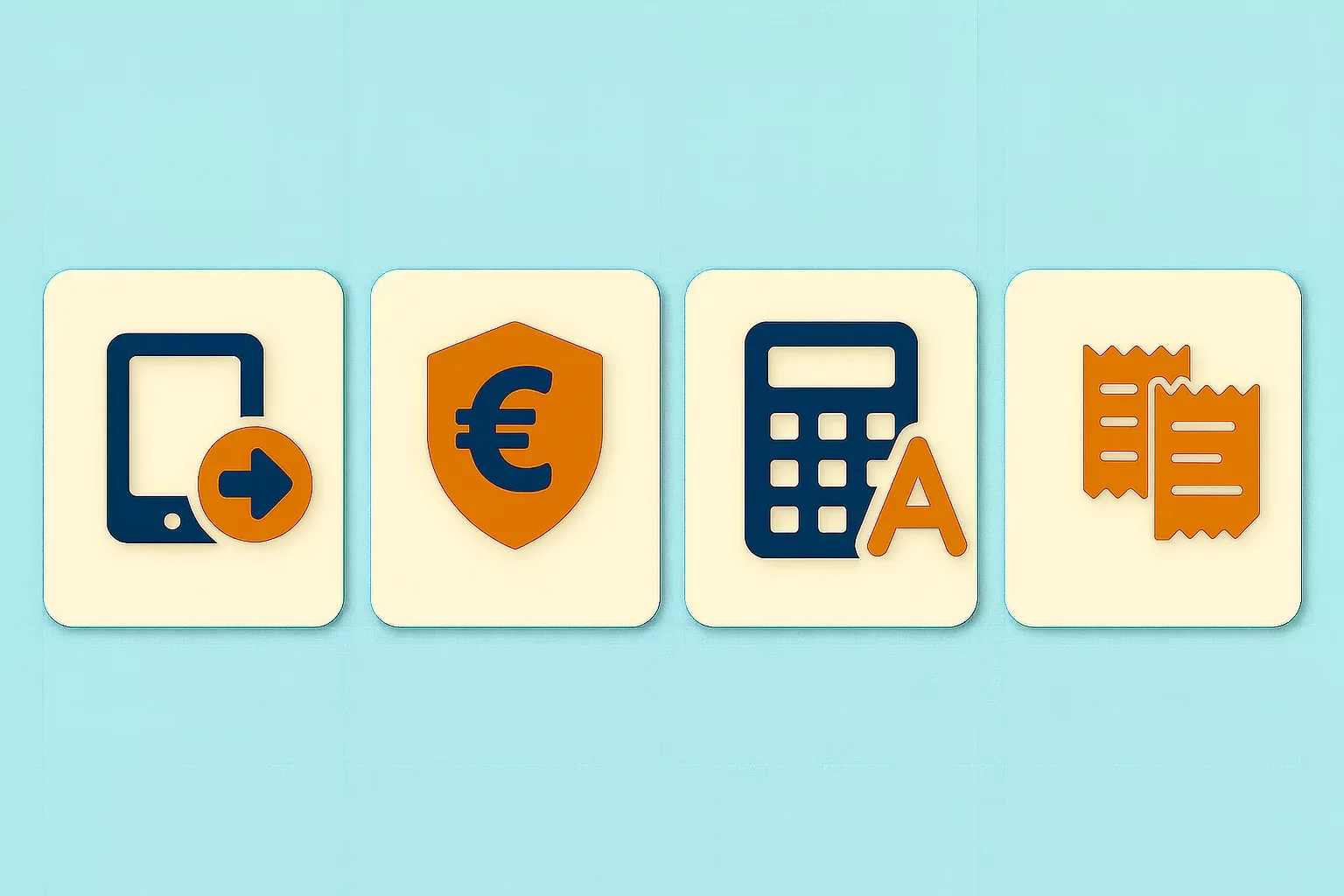

-i6rki3jbad.webp)
-hdwgtama05.webp)

-atbhy5fyxv.webp)

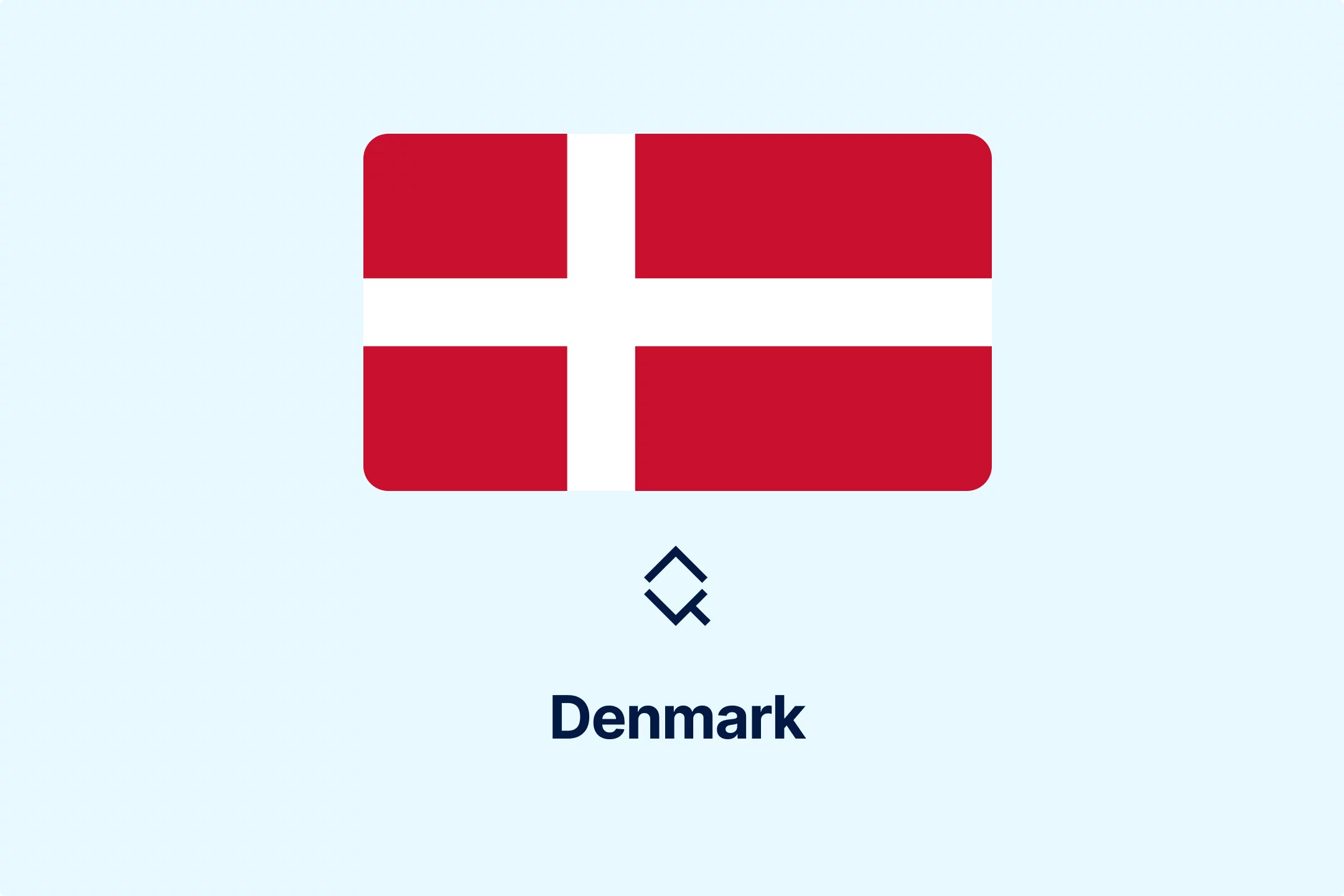

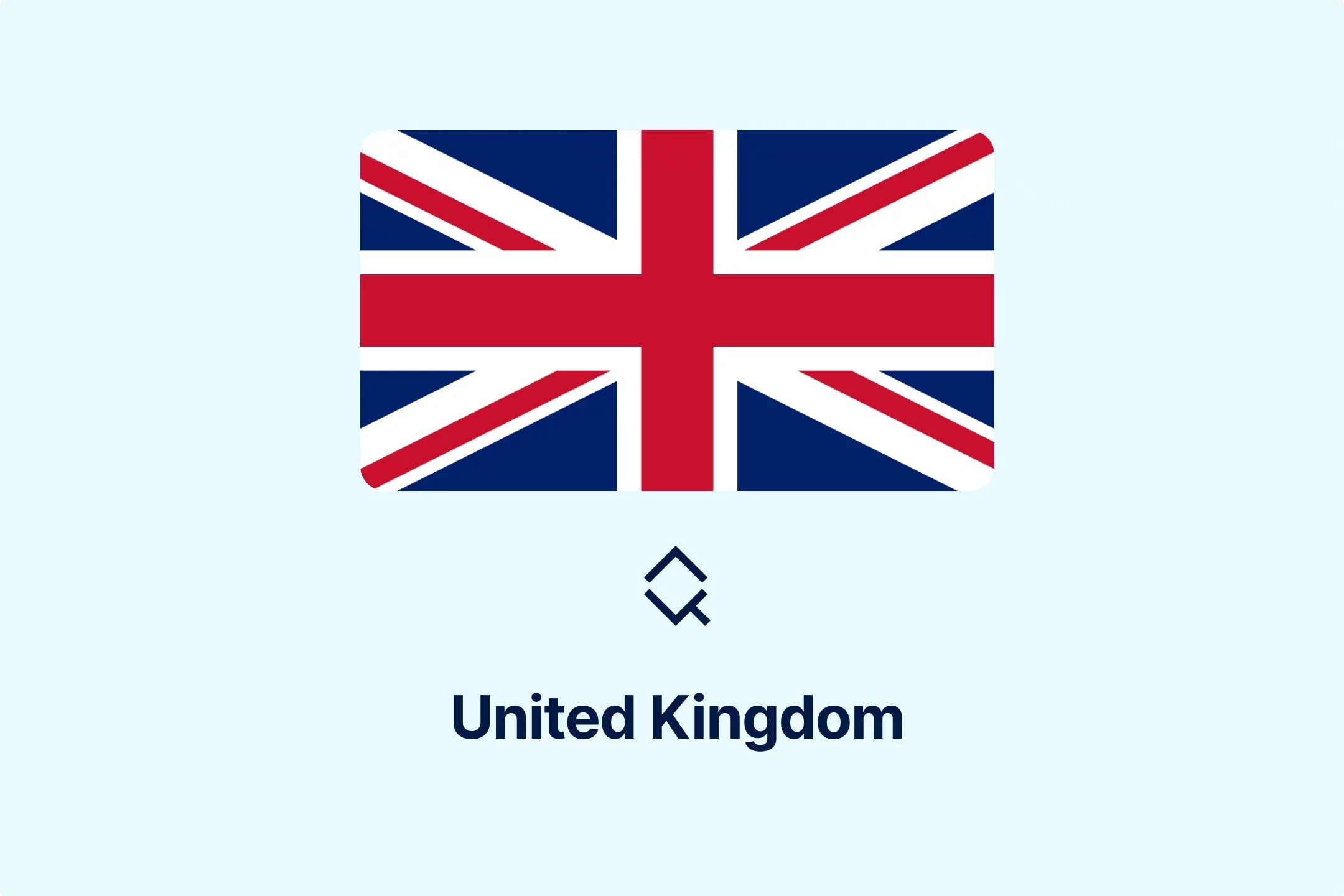
-zp2n6zixoa.webp)
-oa1ynbm4sn.webp)


-lltkno6txy.webp)



-do38odrqnq.webp)

-t409oldqzt.webp)

-hordopb6xh.webp)
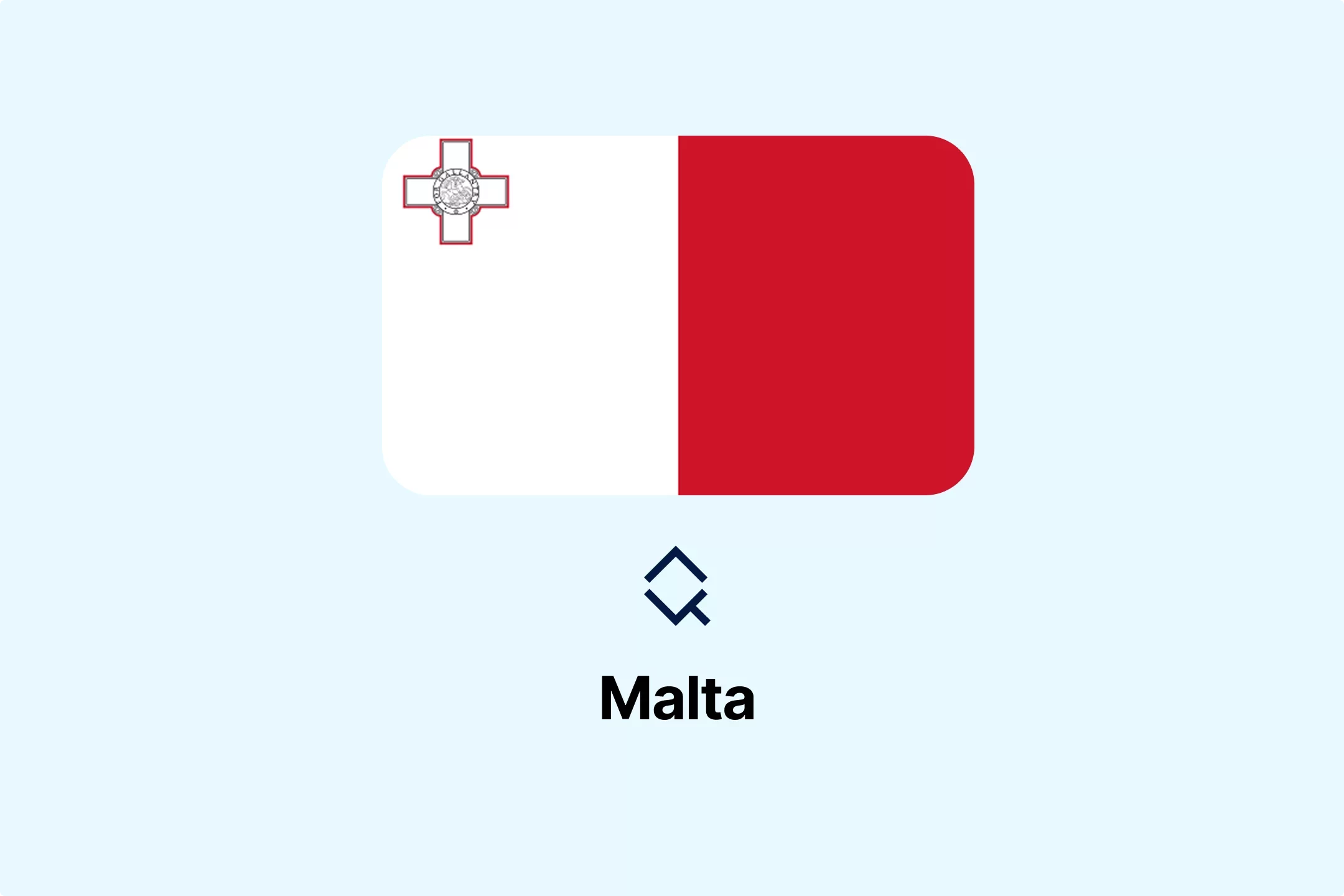
-ooimnrbete.webp)

-lwb5qpsily.webp)
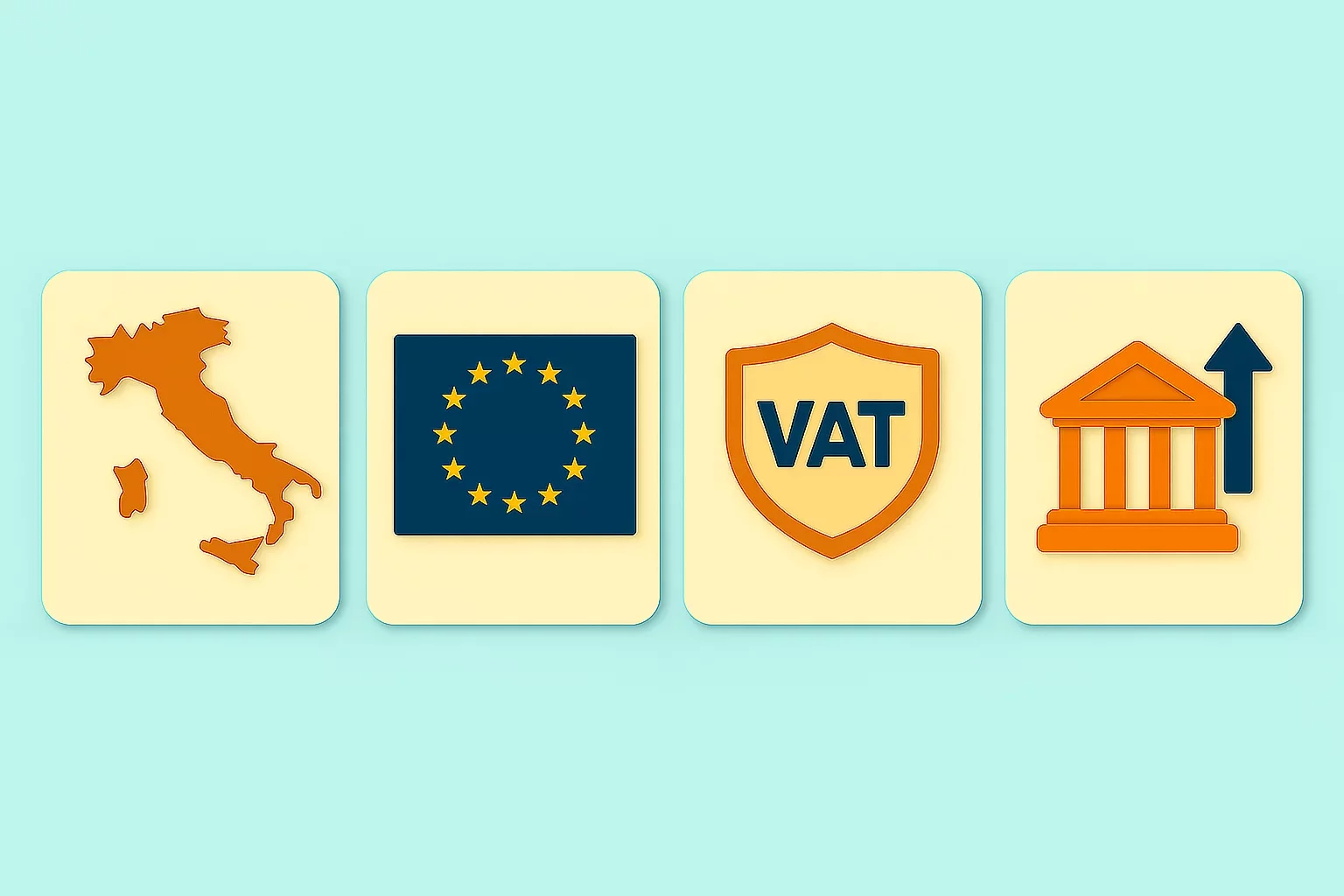
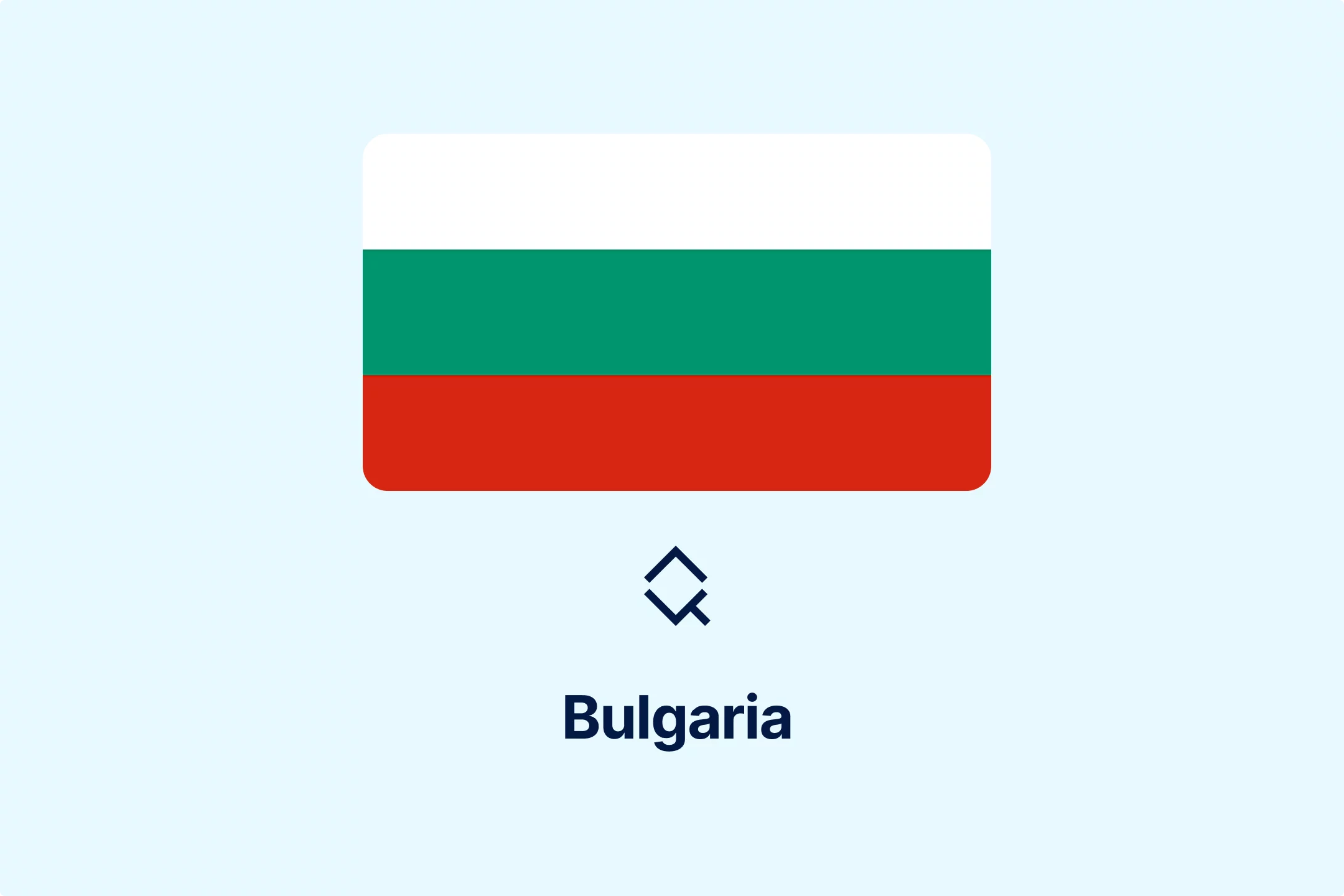
-eumafizrhm.webp)
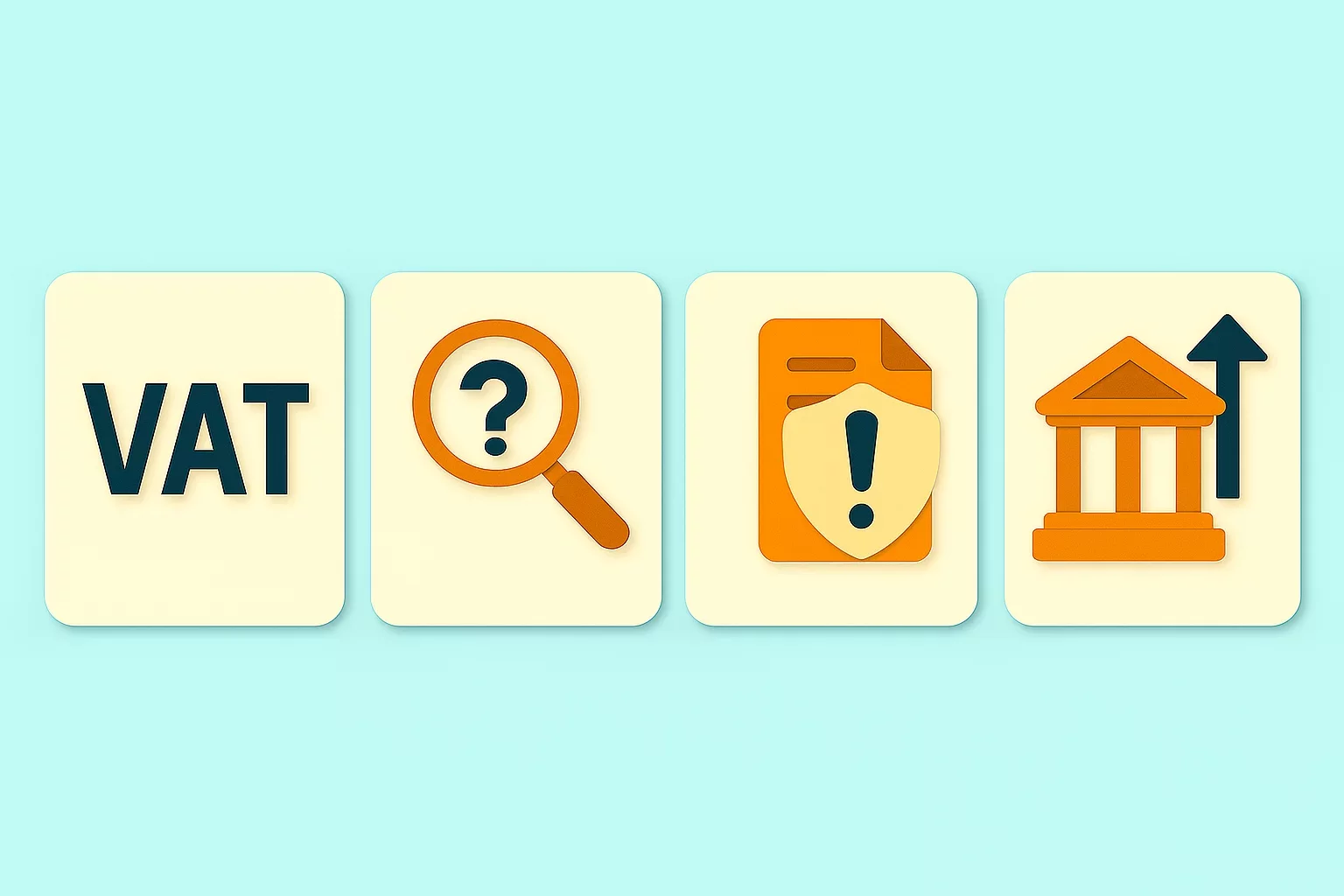
-mtqp3va9gb.webp)

-3ewrn1yvfa.webp)
-591j35flz2.webp)

-huj3cam1de.webp)

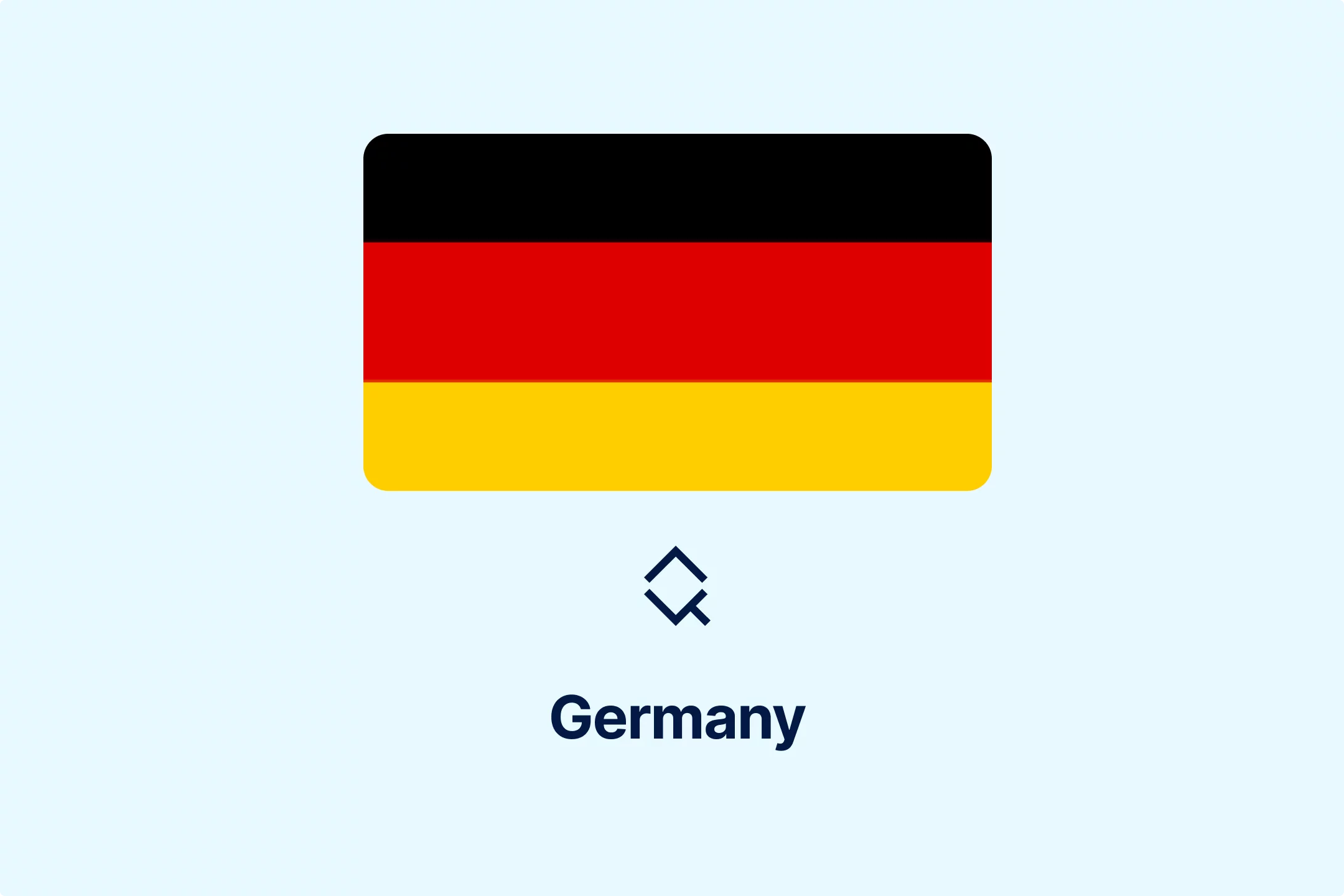
-hafis0ii23.webp)

-qseaw5zmcy.webp)



-qzsah2ifqx.webp)


-69rzooghib.webp)
-wrvng98m0g.webp)


-psucycuxh2.webp)
-klyo8bn5lc.webp)




-6wv5h5eyyd.webp)
-tfgg78rbid.webp)
-a6jpv9ny8v.webp)
-qhdbapy0qr.webp)

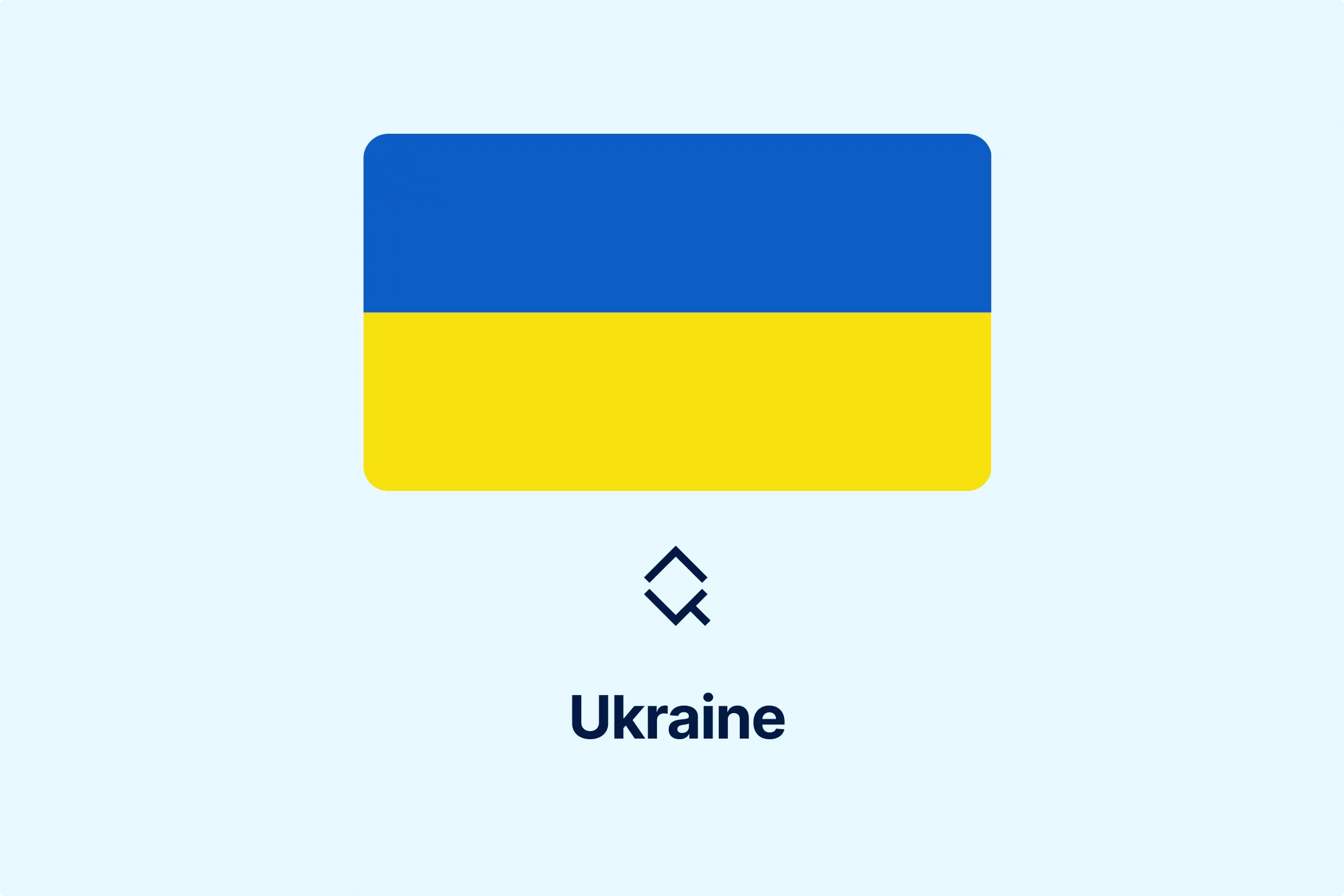
-owvu7zoc13.webp)


-h28jrh1ukm.webp)
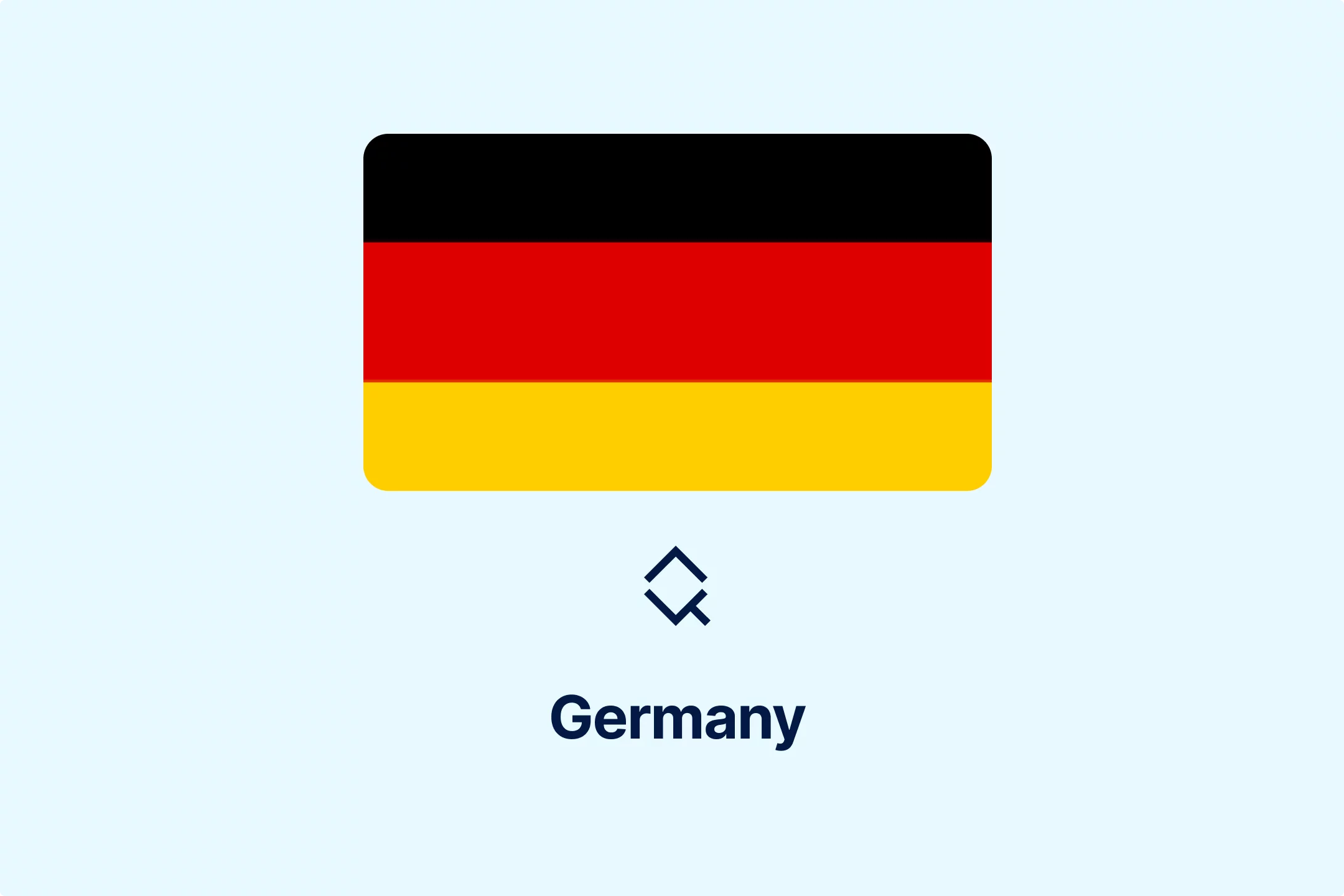
-wl9bl1rw3a.webp)
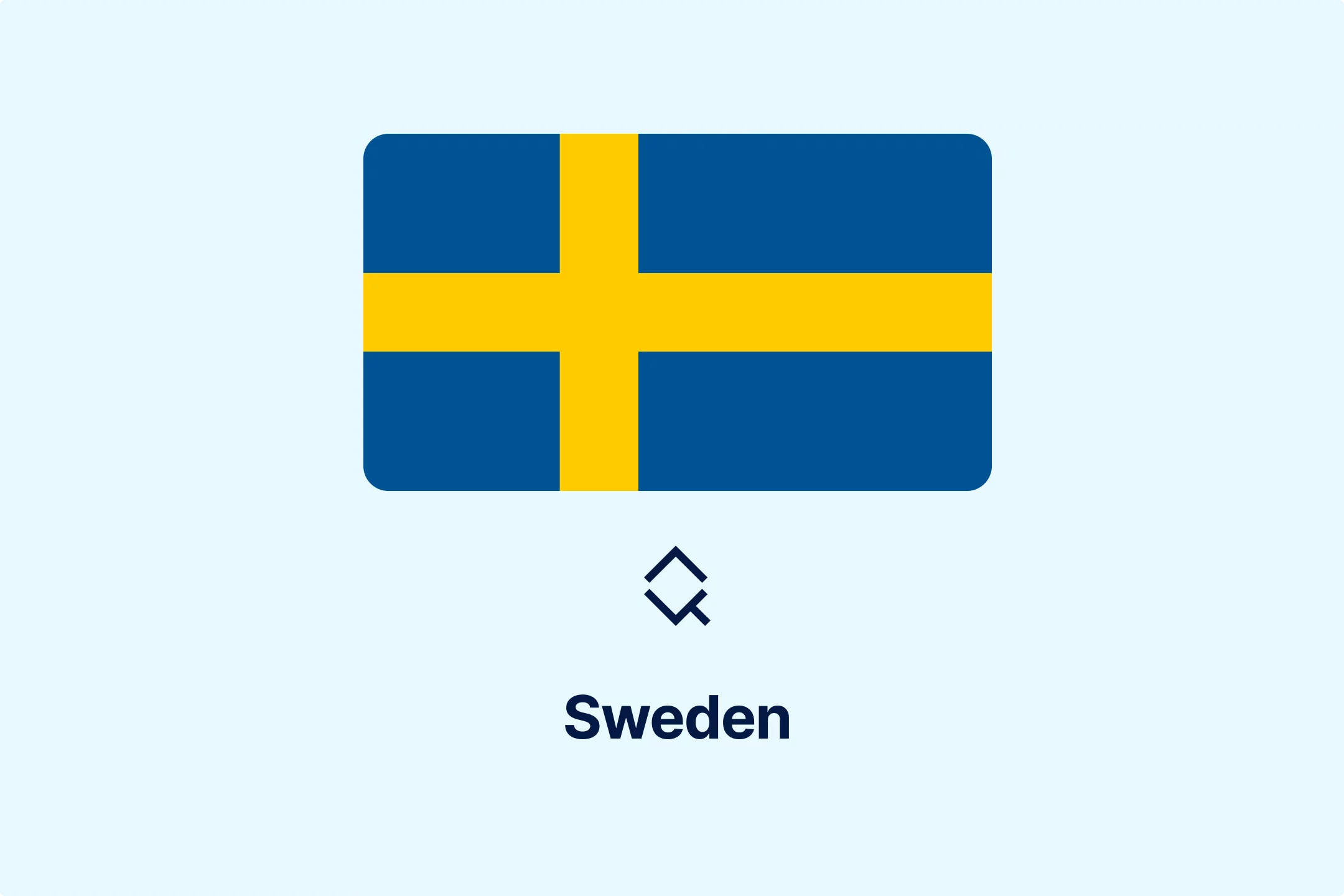
-2w76jtvtuk.webp)
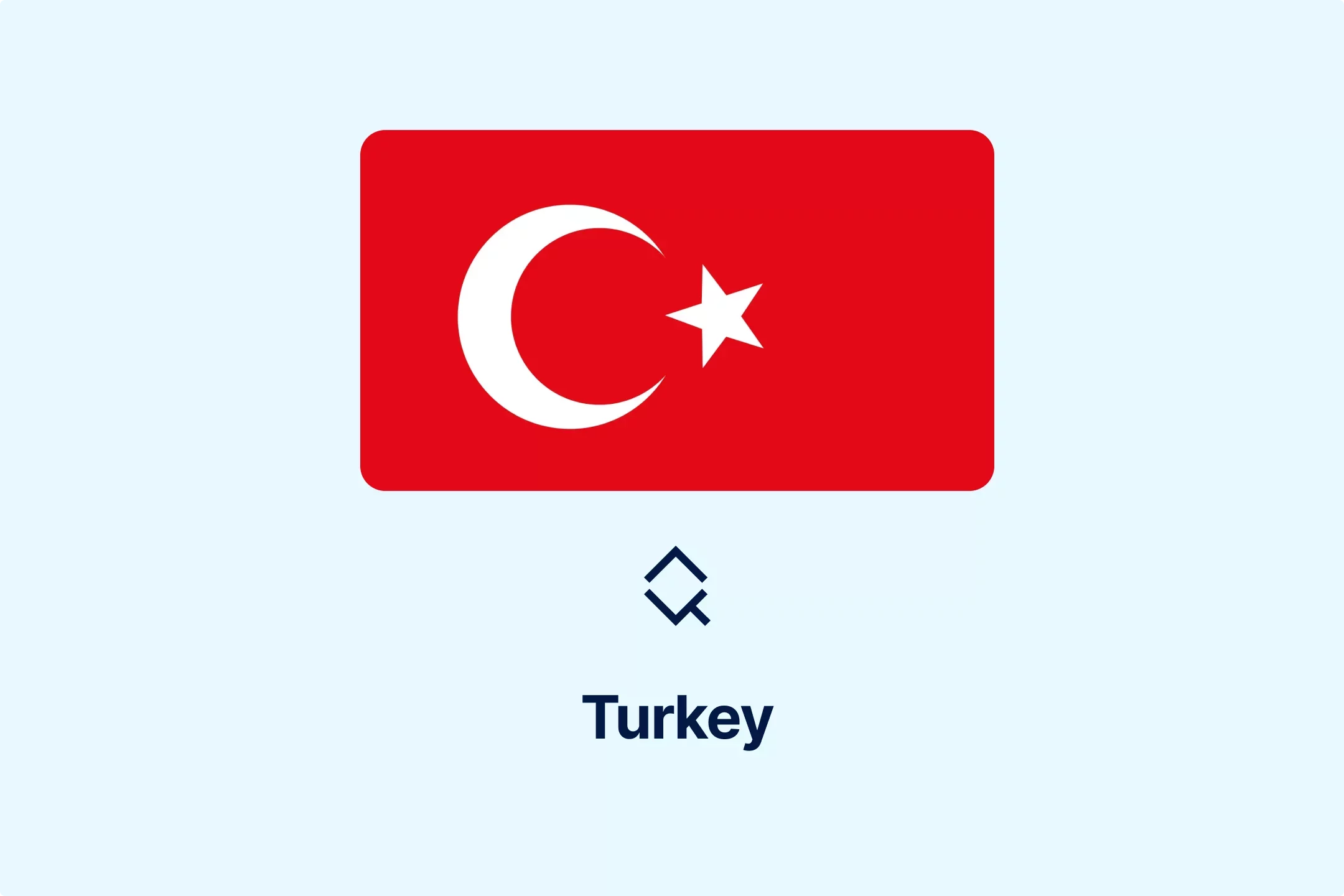
-c0uvrmrq9j.webp)



-pofe7ucwz3.webp)
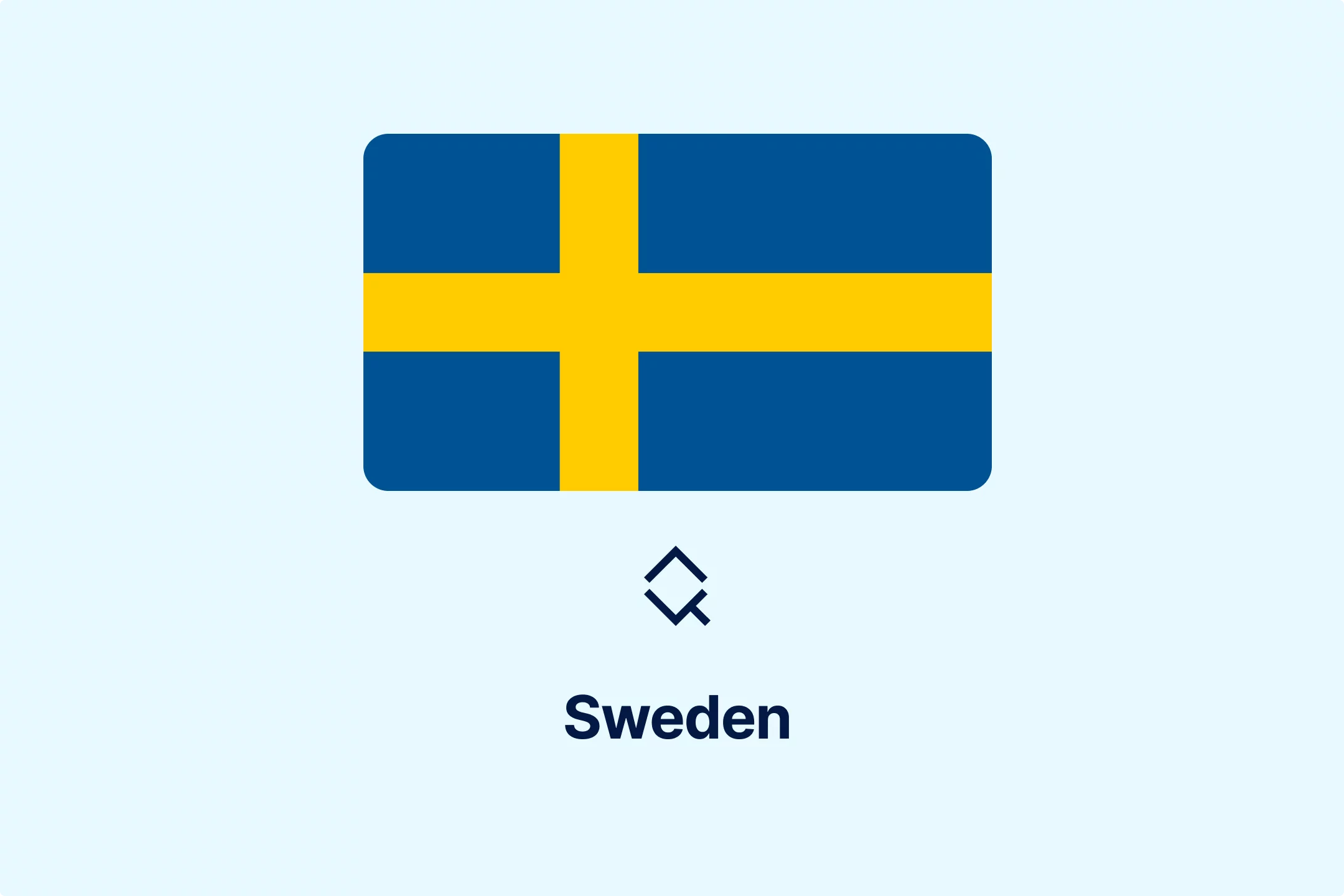

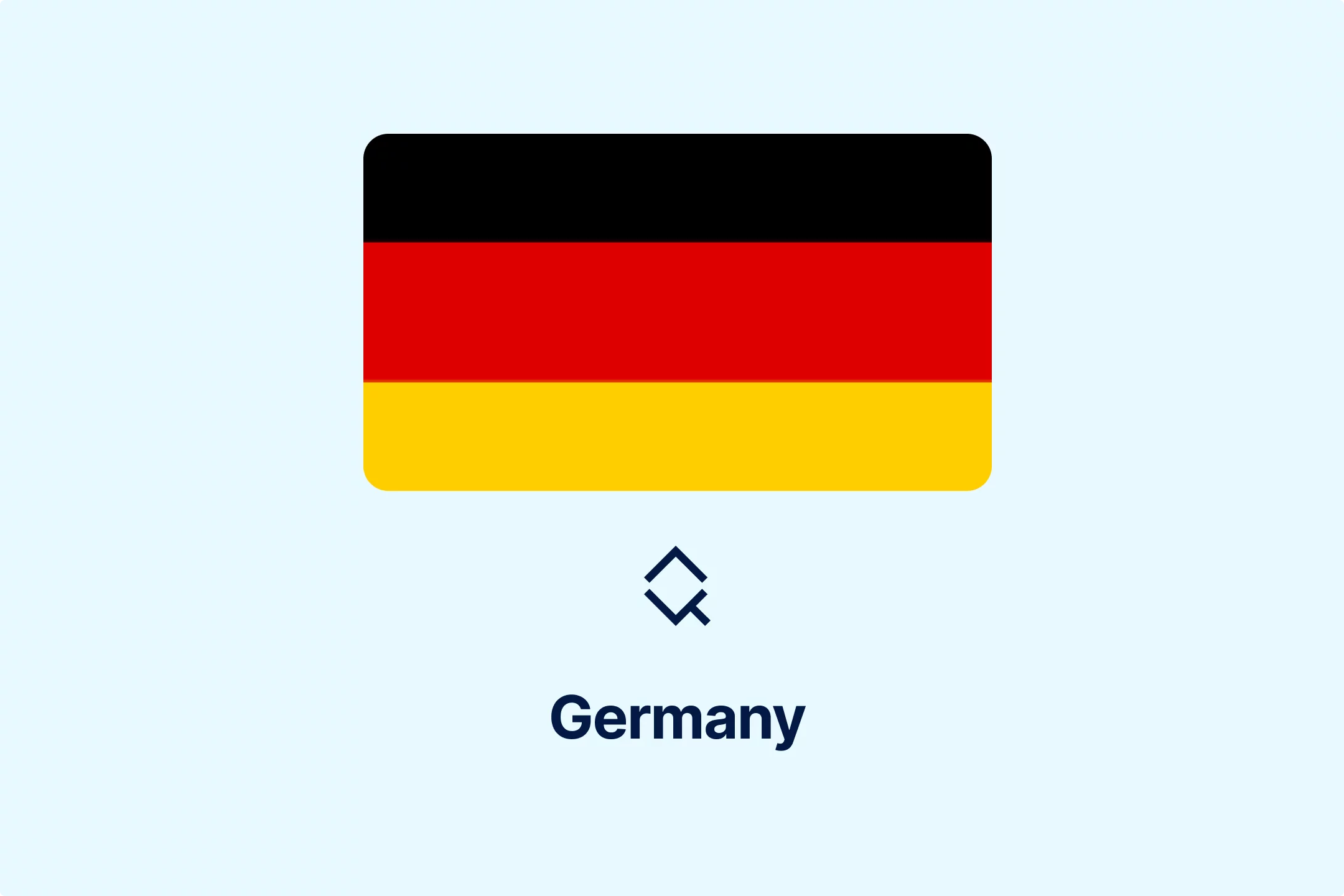
-5cc23ezxyf.webp)
-rrmabbekeb.webp)







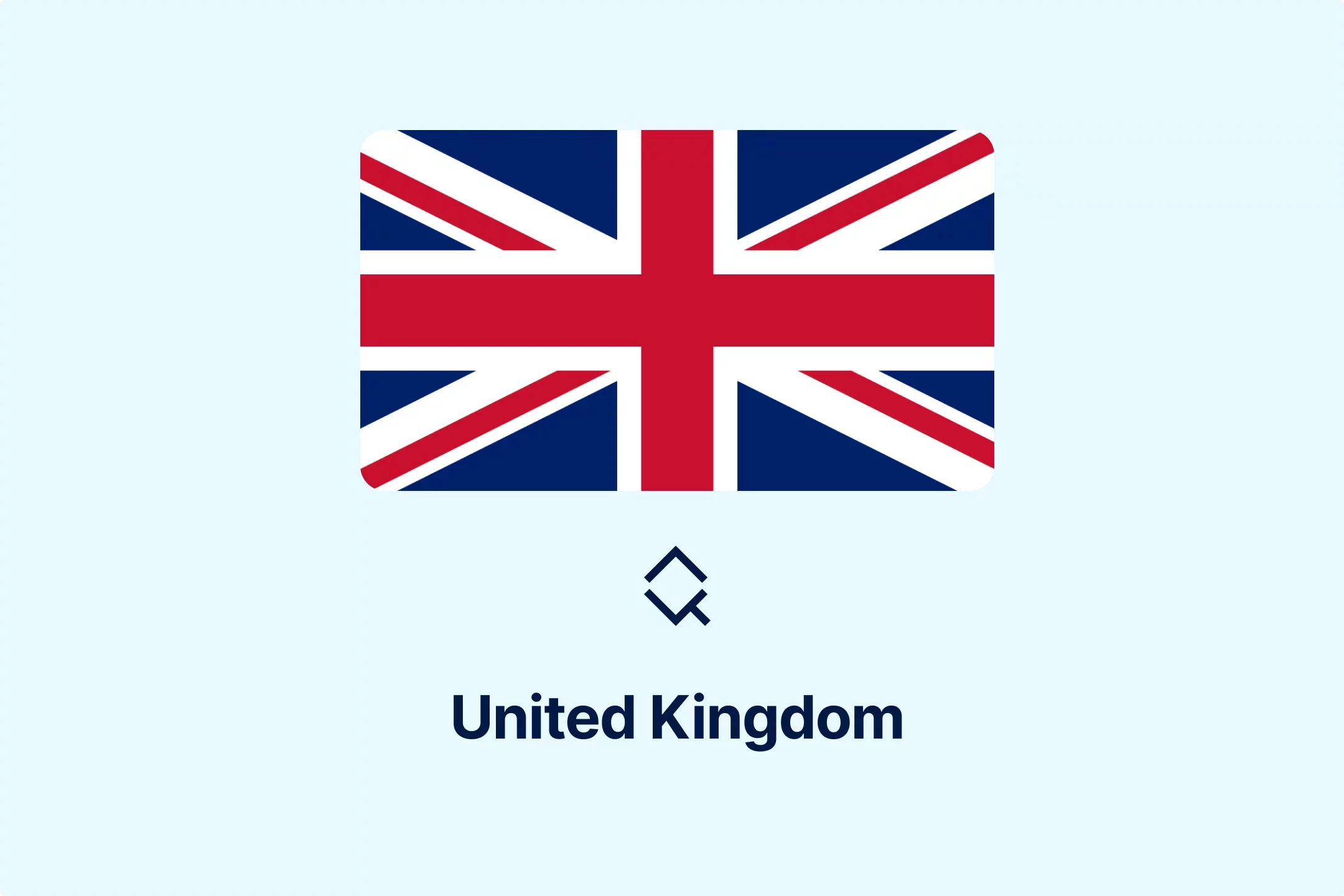
-iyyeiabtaf.webp)
-c8rbjkcs01.webp)
-nilkffjhah.webp)
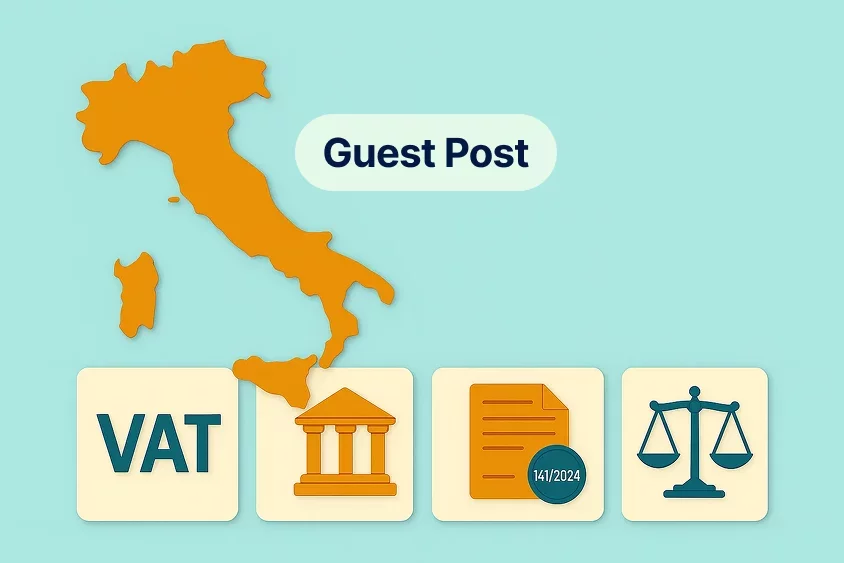
-hikakq55ae.webp)

-z1d60bldtg.webp)
-d1a0q6n7mp.webp)
-viip8nvoeh.webp)
-bvv1otliox.webp)

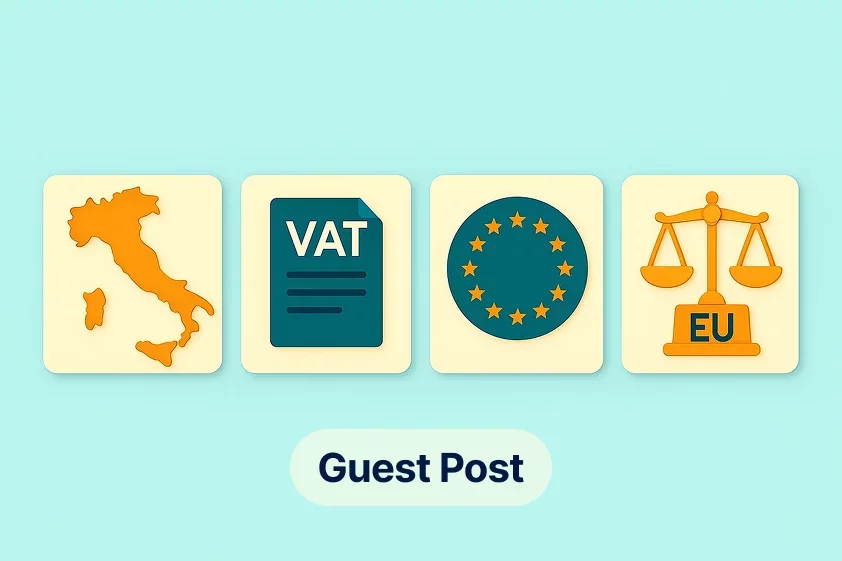

-de8hdb1bn3.webp)
-7xsxxoypnx.webp)
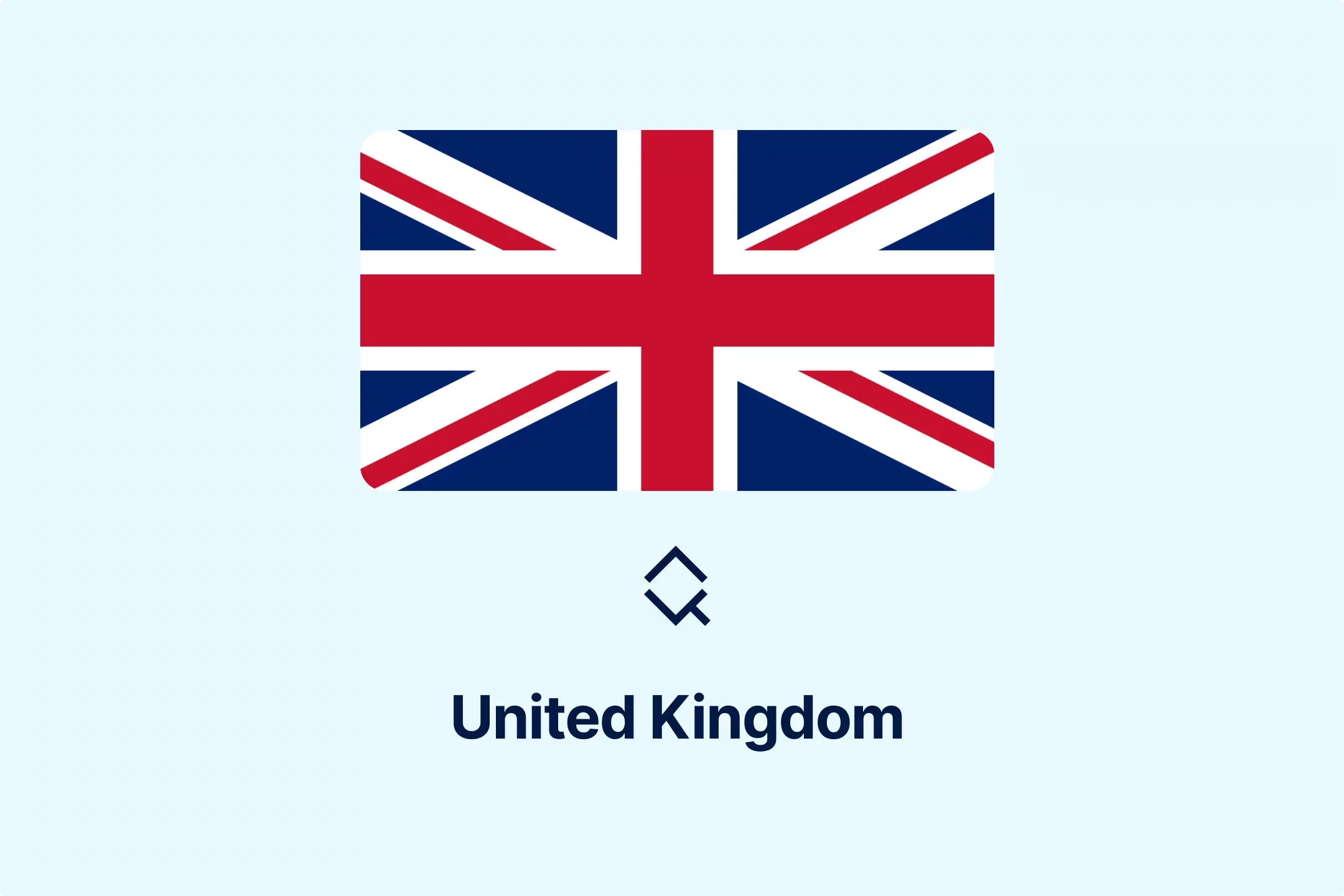
-cm0opezg73.webp)
-0tovsdupmi.webp)
-subxdamdj6.webp)
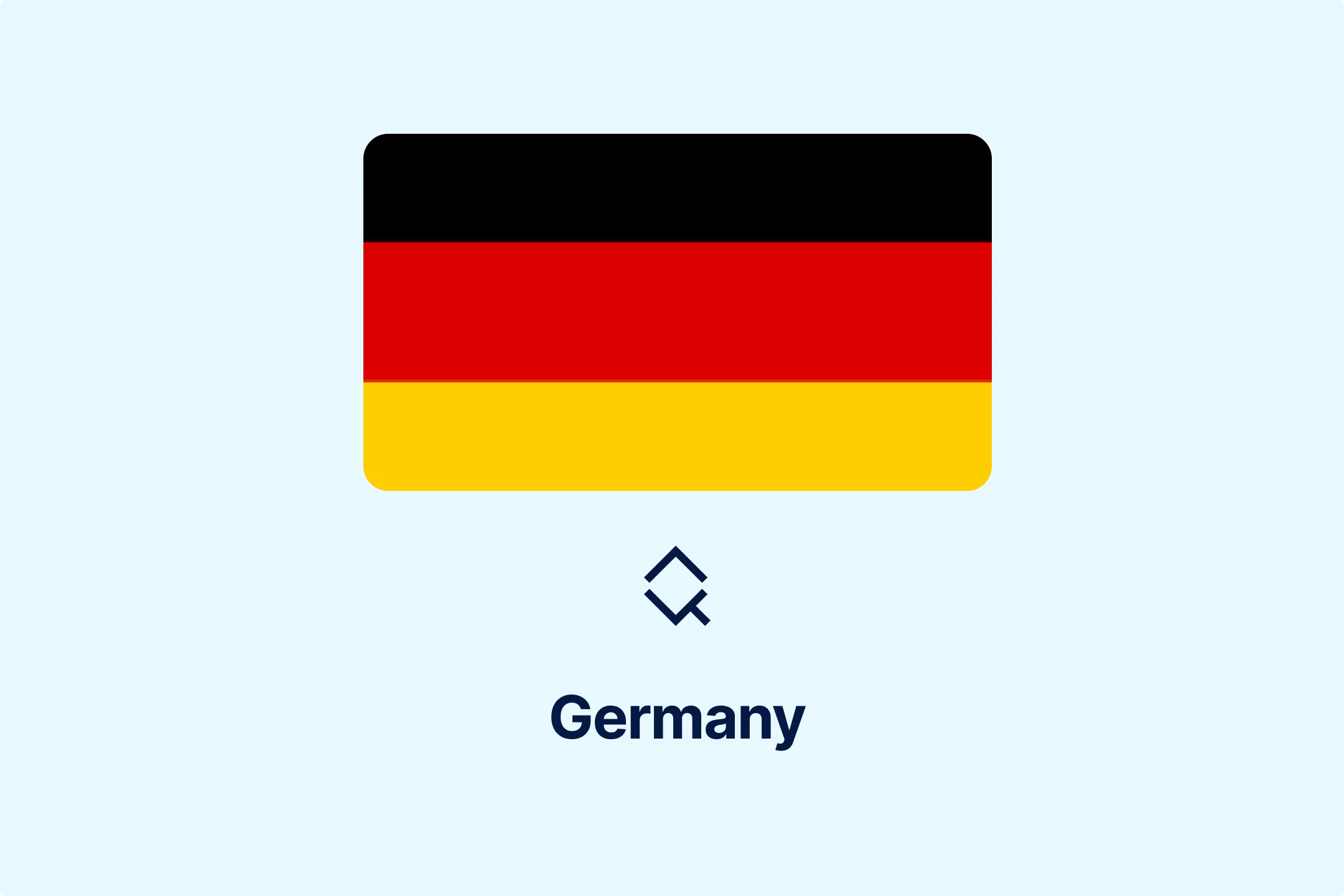

-gly6ablwnh.webp)
-gkduqhwbzh.webp)
-qpe1ld9vcj.webp)
-8noukwsmba.webp)
-aka29tuhkt.webp)


-fisvs27yrp.webp)


-mp0jakanyb.webp)

-aivzsuryuq.webp)



-o7f4ogsy06.webp)

-zjja92wdje.webp)
-hrbhdts8ry.webp)
-qtdkwpgkug.webp)


-cf8ccgah0p.webp)
-0em3cif5s6.webp)





-ptzesl0kij.webp)

-tfzv42pyms.webp)






-uodv7sfbih.webp)
-bbrdfmm9qf.webp)



-m2tl8crfqr.webp)




-1awbqjgpjs.webp)
-avbjsn1k1g.webp)


-0h8ohkx6s0.webp)



-wfmqhtc7i6.webp)
-7wljbof2zo.webp)

-eqt97uyekl.webp)
-wzw9mcf563.webp)

-z4oxr6i0zd.webp)




-l0zcrrzvhb.webp)
-fhtic1pwml.webp)

-iipdguuz9p.webp)
-nkhhwrnggm.webp)
-pltqwerr3w.webp)

-nn6mtfbneq.webp)

-tmnklelfku.webp)



-8z1msbdibu.webp)
-7g16lgggrv.webp)



-lxcwgtzitc.webp)
-9mc55kqwtx.webp)


-xla7j3cxwz.webp)
-jrdryw2eil.webp)






-t9qr49xs2u.webp)


-qjopq5jplv.webp)



-vune1zdqex.webp)

-qsozqjwle2.webp)
-rgjta7iwiv.webp)

-zb6bxxws47.webp)
-lyfjzw4okp.webp)

-ogpfmol5m1.png)


-czisebympl.png)

-zetvivc79v.png)
-ud7ylvkade.png)
-qizq6w2v5z.png)







-ihr6b4mpo1.webp)
-k1j4au0ph6.webp)
-swxxcatugi.webp)


-ig9tutqopw.webp)

-tauoa6ziym.webp)

-spr0wydvvg.webp)
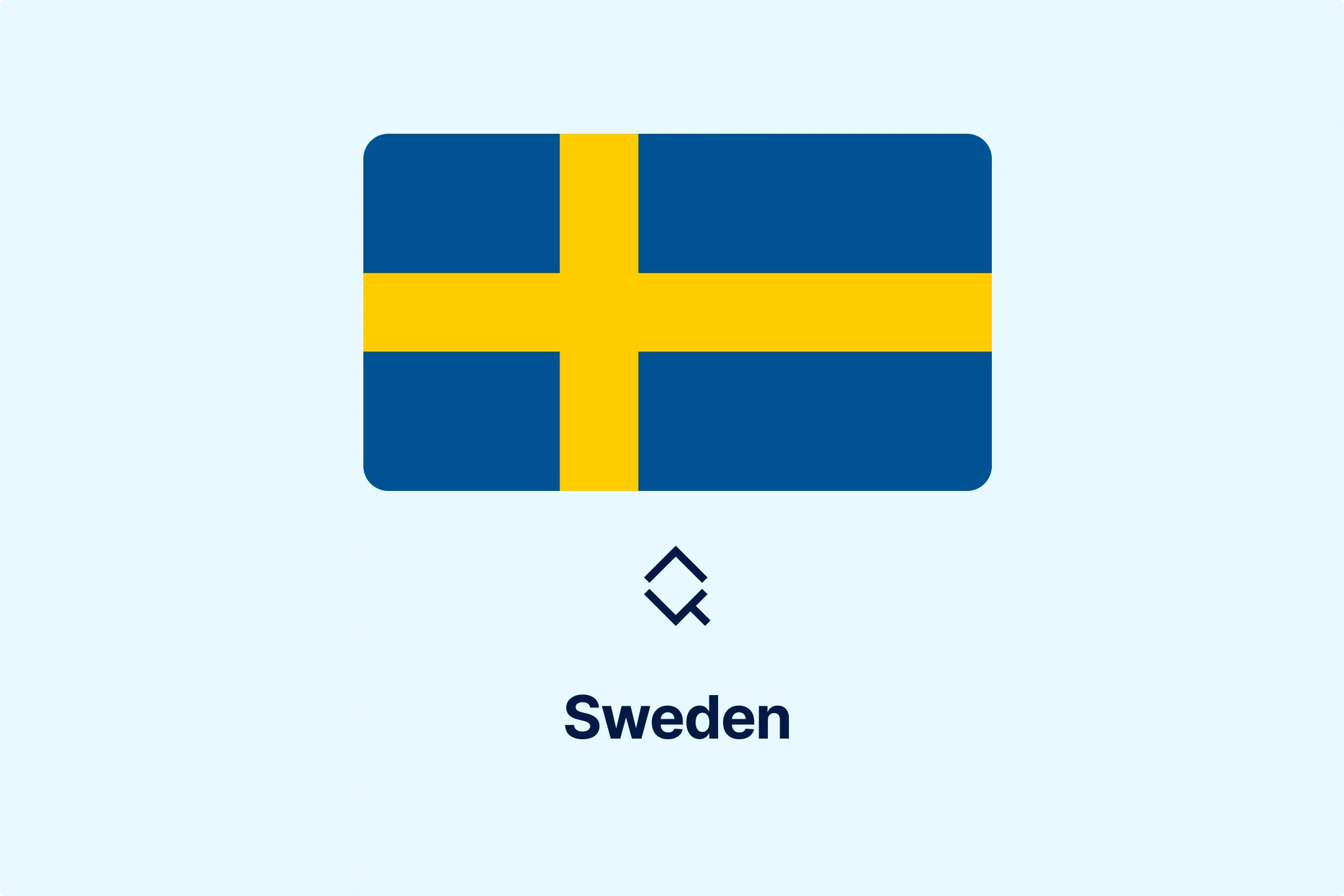
-xfuognajem.webp)





-u2nv5luoqc.webp)








-opuxpan2iu.webp)




-kwttsfd8ow.webp)
-8u14qi10nj.webp)

-wjpr96aq5g.webp)

.png)

.png)


.png)


.png)



.png)
.png)
.png)
.png)
.png)

.png)
.png)



.png)
.png)




































































































































